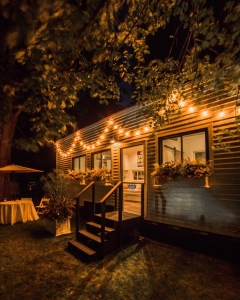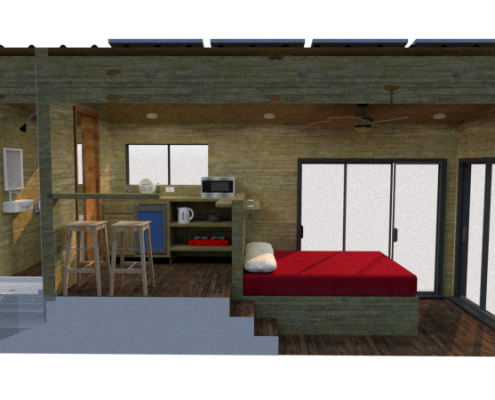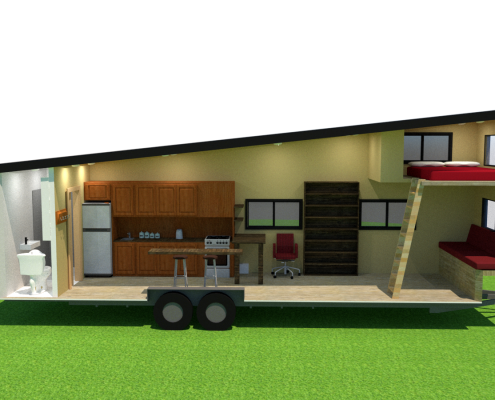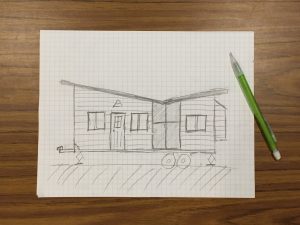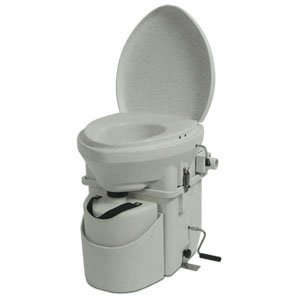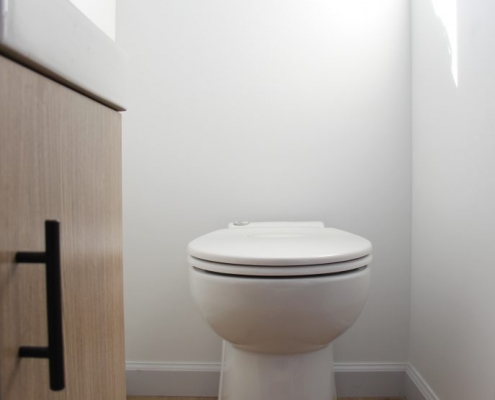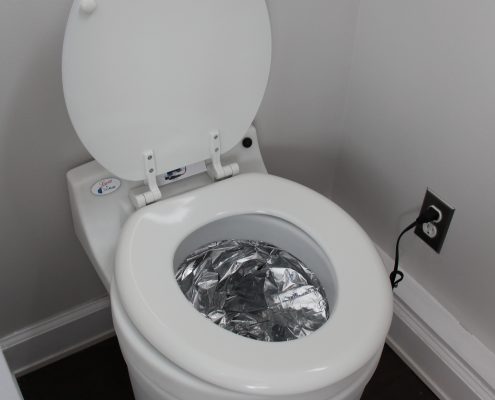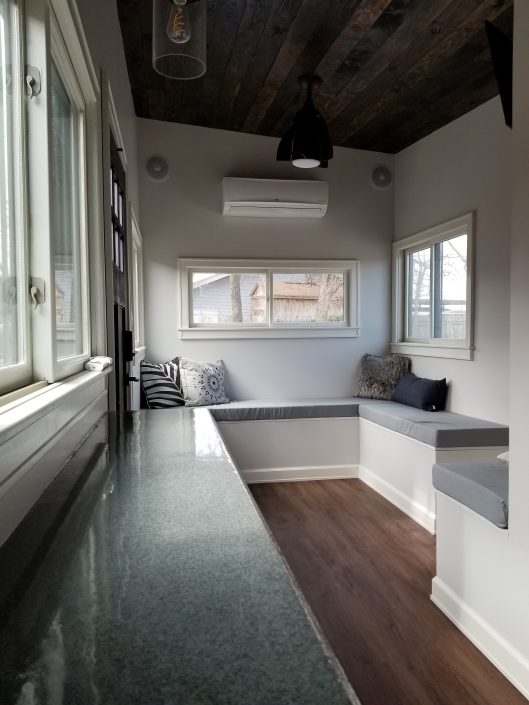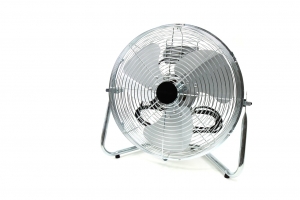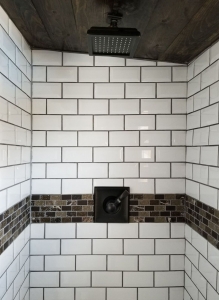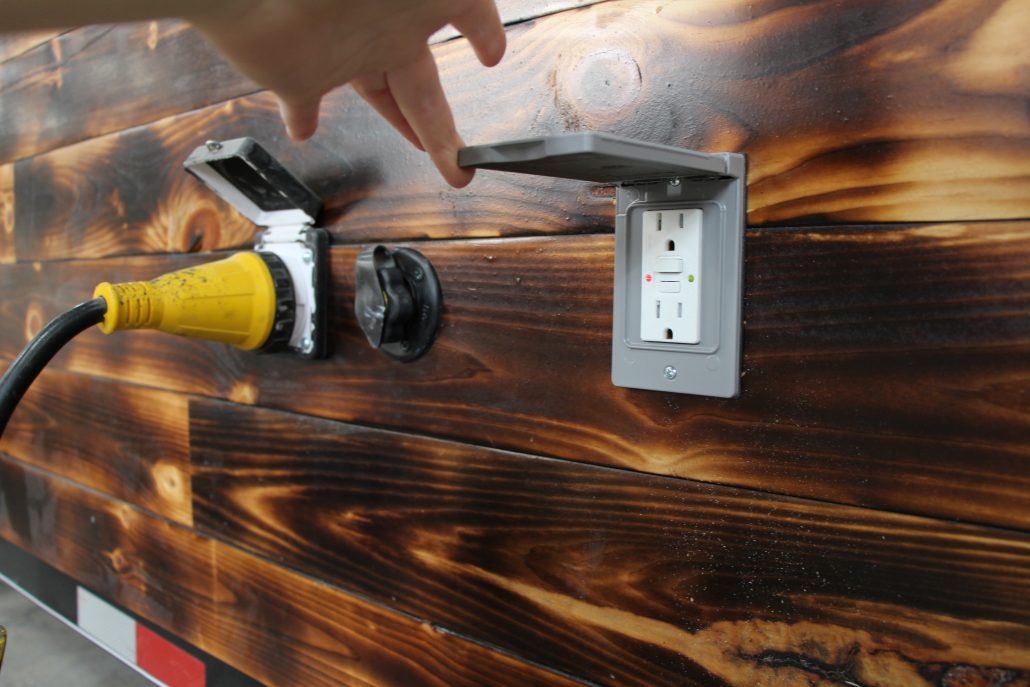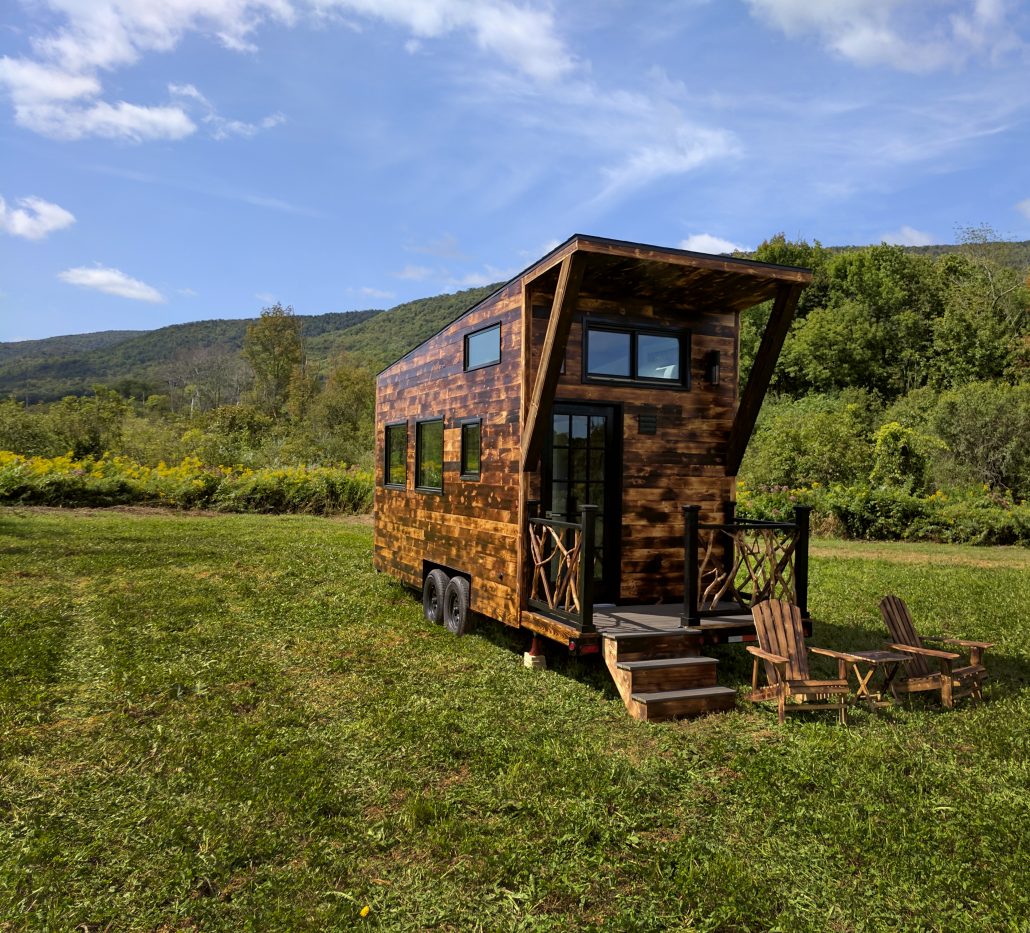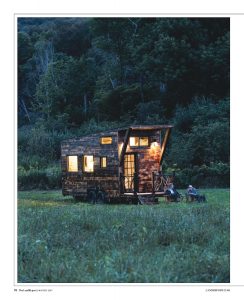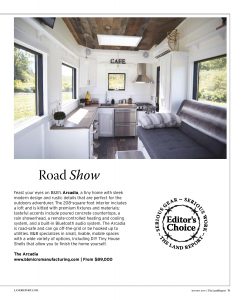A Look Inside B&B’s Resideo Tiny Smart Home with Honeywell Home Tech
We’ve built a Tiny Smart Home using tech from Resideo, Honeywell‘s new spinoff which goes public today.
The Tiny Smart Home is right outside the New York Stock Exchange where Resideo rang the bell this morning, showing off Resideo’s smart home technology.
“As Resideo rings in a new era as an independent company and begins trading on the New York Stock Exchange, the company is hosting a pop-up experience outside the iconic Financial District landmark to display its top-notch, easy-to-use solutions. The mobile technology showcase is the brain child of Resideo and news-outlet Cheddar, who are joining forces to highlight the intersection between smart home technology and simple living. The Resideo Tiny Home, built by B + B Tiny Houses, serves as the backdrop of a new Cheddar show, which will launch later in 2018 and highlight Honeywell Home’s end-to-end, integrated home solutions on the exterior, on the wall, in the wall and in the cloud.
The 125 square-foot home features Honeywell Home’s professionally installed options, which were slightly modified for the small space, and are available through professional HVAC contractors and home automation and security dealers (through Resideo’s ADI Global Distribution business). The home also includes DIY solutions found at major retailers and www.Honeywellhome.com. The solutions are controlled via simple voice commands or Honeywell Home apps, make the home smarter, cozier, safer, and more efficient.” –resideo.com
If you’re near Wall Street check out our Tiny Smart Home with Resideo technology! If you’re not near Wall Street, this tiny house will soon be traveling the nation– keep up to date on its whereabouts on Residso’s Twitter or Facebook!
Click the images to enlarge:
Learn More about “The Tiny Home On Wall Street” in this article by Resideo.
Watch the video of B&B co-founder Jason’s interview about Building The Smart Tiny Home on Cheddar TV.







